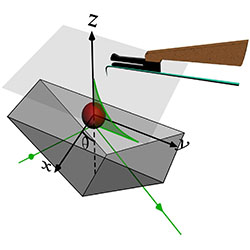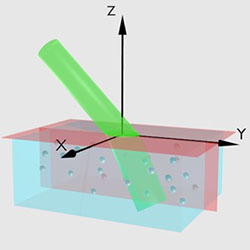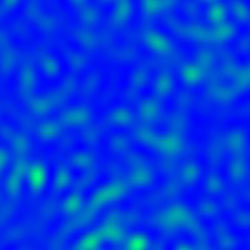 Home > Research > Nanoscale Electrodynamics
Home > Research > Nanoscale Electrodynamics

Near field phenomena
Understanding the statistical properties of radiation and the radiative transfer over length scales smaller than the wavelength impacts the design of efficient coupling of light with novel nanostructured materials. Using concepts of near-field statistical optics, our research has suggested new possibilities for surface and subsurface diagnostics of inhomogeneous media.
As technology relies more and more on the design and engineering of nanoscale structures, novel metrology tools are needed to characterize the optical fields at the relevant length scales. We have recently demonstrated a unique measurement approach based on detecting optically induced forces acting on scanning probes. This operation modality provides attractive new capabilities to standard near-field optical microscopy.

Surface phenomena
The ability to engineer materials with spatially varying optical properties is critical for manipulating electromagnetic fields. Our research demonstrated a new class of effectively anisotropic nanocomposite materials. The surface-induced optical anisotropy of inhomogeneous media can be practically controlled by adjusting the properties of metal-dielectric structures and the desired optical configuration. This opens up new possibilities to engineer spatial gradients of anisotropic properties in metamaterials operating in the optical regime.

Random electromagnetic fields
When optical fields are randomized as a result of interaction with matter, they acquire non-universal properties. We have demonstrated that specific microscopic scales of interaction influence features of measurable properties such as the local density of electromagnetic states or the maximum anisotropy length. We are pursuing novel approaches to assess the scale-dependent morphology of complex scattering media.